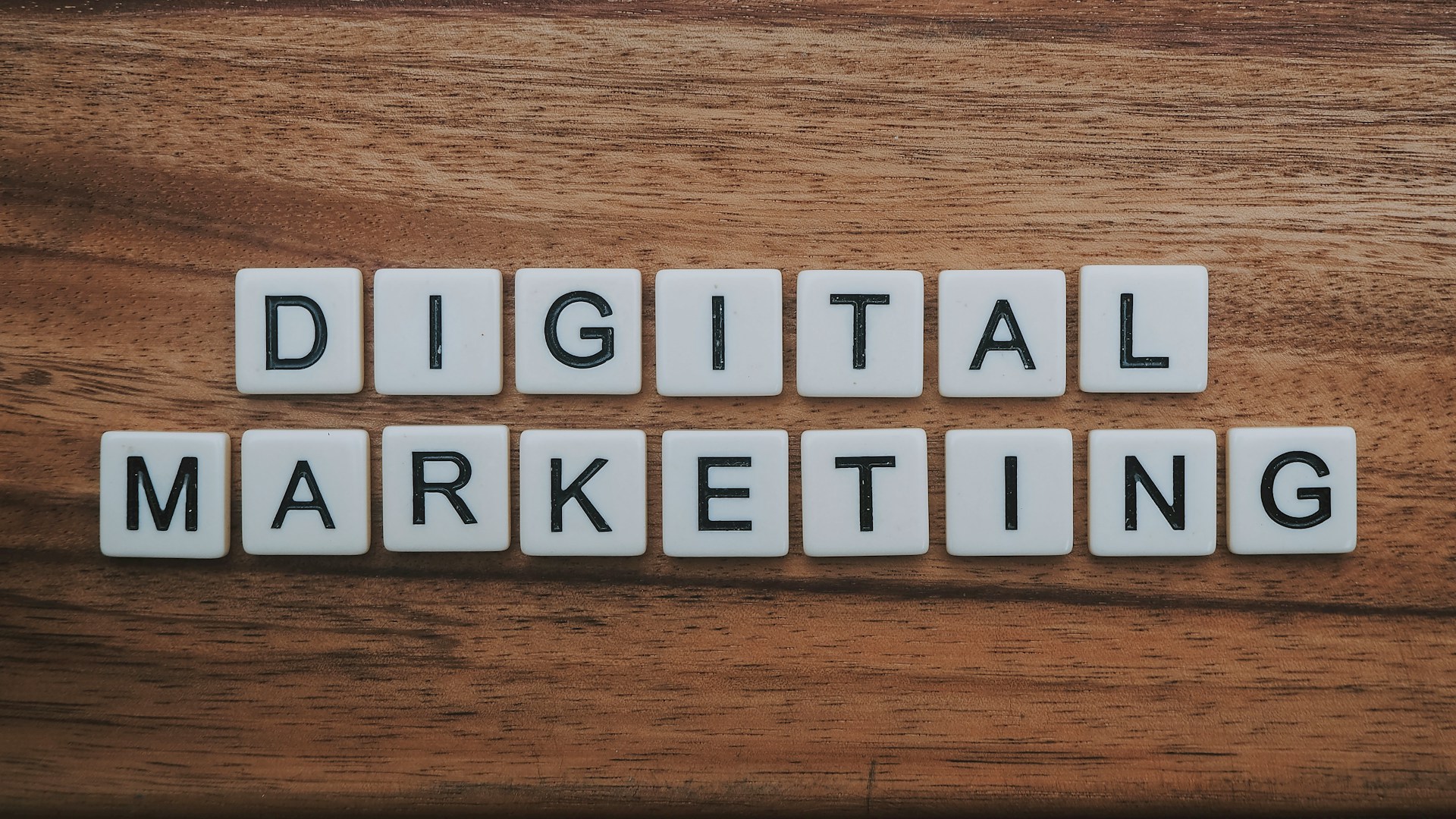In the realm of business-to-business (B2B) interactions, email marketing emerges as a pivotal channel for fostering professional relationships and driving strategic engagements. This guide delves into the essence of B2B email marketing, its significance in the digital landscape, and the best practices for executing successful campaigns.
Understanding B2B Email Marketing
B2B email marketing is distinguished by its focus on logical, data-driven decision-making processes. It’s a tool for nurturing leads, building brand authority, and delivering value through personalized content tailored to the unique needs of businesses.
Developing a B2B Email Marketing Strategy
A robust strategy begins with identifying your target audience and understanding their needs. Segmentation, clear goals, and a compelling value proposition are the cornerstones of a strategy that resonates with your audience and aligns with your business objectives.
Crafting Effective B2B Emails
The success of B2B emails lies in their ability to make a strong first impression, deliver personalized and valuable content, and guide recipients toward a clear call to action. A professional design and a conversational tone can enhance engagement and drive conversions.
B2B Email Campaign Types
In B2B email marketing, the type of campaign you choose to run can significantly impact its effectiveness. Different campaigns serve different purposes and are tailored to various stages of the customer journey. Here are some common types of B2B email campaigns and how they can be utilized:
- Newsletters
- Newsletters are a staple in B2B email marketing, providing a regular touchpoint with your audience. They typically contain a mix of content, including industry news, company updates, and thought leadership articles. The goal is to keep your brand top-of-mind and position your company as an authority in your field.
- Lead Nurturing Campaigns
- These campaigns are designed to move leads through the sales funnel. They involve a series of emails that provide valuable content and gradually introduce your products or services. The content should be educational and help the recipient solve a problem or achieve a goal.
- Promotional Offers
- While B2B transactions are rarely impulsive, promotional offers can be effective when they’re highly targeted and offer genuine value. This could include discounts on services, bundle deals, or access to exclusive content or events.
- Product Updates
- Keeping your customers informed about new features, updates, or services is crucial. These emails should highlight the benefits of the updates and how they can help the customer’s business.
- Event Invitations
- Events, whether virtual or in-person, are excellent opportunities for networking and education. Email campaigns can be used to invite prospects and customers to webinars, conferences, or workshops that your company is hosting or participating in.
- Customer Retention Campaigns
- It’s important to keep existing customers engaged and satisfied. Emails that check in with customers, offer additional support or provide customer-exclusive content can help maintain a strong relationship.
- Re-engagement Campaigns
- Sometimes, leads go cold, or customers become less active. Re-engagement campaigns aim to recapture their interest with compelling content or offers that remind them of the value your company provides.
- Account-Based Marketing (ABM) Emails
-
- ABM campaigns are highly personalized and targeted to specific accounts. They require a deep understanding of the account’s business and are crafted to speak directly to their needs and interests.
-
Best Practices for B2B Email Marketing
Adhering to best practices such as concise content, personalized emails, and optimized send times can significantly improve the effectiveness of your campaigns. Regular analysis and adherence to email regulations are also crucial for success.
Analyzing and Optimizing B2B Email Campaigns
Continuous improvement is achieved through analyzing key metrics, utilizing A/B testing, and optimizing based on data. Clean list hygiene and monitoring deliverability are essential for maintaining the health of your email campaigns.
Common Challenges and Solutions
Navigating deliverability issues, engaging decision-makers, and ensuring compliance with privacy regulations are common challenges in B2B email marketing. Practical solutions include maintaining list hygiene, crafting compelling content, and staying informed about the latest trends and technologies.
The Future of B2B Email Marketing
The future of B2B email marketing is shaped by advancements in AI, enhanced interactivity, and the integration of video content. Marketers must balance personalization with privacy and stay ahead of technological trends to create engaging, effective campaigns.
Conclusion
B2B email marketing remains a vital component of the digital marketing ecosystem. By focusing on personalization, relevance, and ongoing optimization, marketers can build meaningful relationships and drive business growth. As the landscape evolves, staying agile and informed will be key to leveraging the full potential of B2B email marketing.
Check out more articles!








